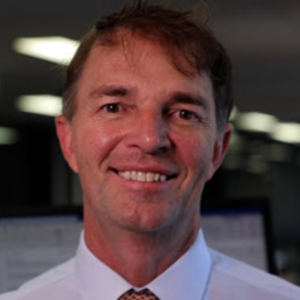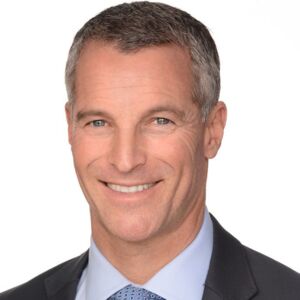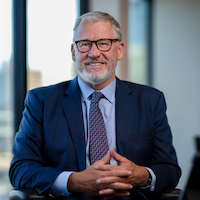Female-led organisations outperform their peers
By Justin Cleveland

In their latest report on Gender Equity, the Workplace Gender Equality Agency (WGEA) included an unequivocal conclusion: "More women in key decision making positions delivers better company performance, greater productivity and greater profitability."
The companies with women in key leadership roles added company market value of between $52m and $70m per year for an average-sized organisation.
Despite this, women are under-represented in senior management. 14% of board chairs are women, a number that hasn't moved in the last few years. Among executive management, women are more likely to hold lower-level line management roles rather than senior leadership positions. WGEA's conclusion is that gender diversity isn't just a "nice to have" or matter of fairness but a commercial imperative. "These findings are statistically significant, meaning the association between women in leadership and business performance is causal."
Finding qualified women to join your organisation
When the topic of diversity or equality of representation comes up in the boardroom, there's invariably the argument that there aren't enough qualified candidates. Simone Mears, founding partner and managing director of pac executive, the executive search practice of Profusion Group, rejects that reasoning.
"There are a lot of capable people including a lot of capable women, working in financial services. It isn't difficult to find them. "What is difficult," says Mears, "is identifying the consistently high-performing talent, irrespective of gender. Our role as head hunters is to be consistently networking and meeting new people, and to bring the best talent to our clients."
The drive for diversity isn't new
The conscious decision to focus on building a diverse workforce is something that Mears says started toward the end of the GFC. Diversity, or the lack thereof, became a point of discussion and, in some cases contention, in organisations. "In the period following the crash and on the back of significant regulatory oversight and reforms of the behaviours within, and the culture of, organisations came under review.
"One result was growing awareness and acceptance of the lack of gender diversity within the workplace at a mid, senior, executive, and board level across financial services, and the recognition that an inclusive and diverse workplace has a positive effect on productivity and growth, and therefore profits."
A few years later, the definition of diversity has grown. It includes gender, race, background, education, age, and other attributes. "Between 2012 and 2016 there was a strong emphasis on identifying female talent in our searches, and we saw across the whole industry an increase in the percentage of women appointed to senior roles. We are still occasionally asked to focus a particular search on female talent, in order to address a current imbalance, but it is not the norm," says Mears.
Finding the best person doesn't mean the most obvious person
There's an idea that focusing on diversity will mean that less qualified people are hired. Mears says that has never happened in her experience. "I have never worked on an assignment where a less qualified person has been appointed because they met a diversity requirement. One of the reasons organisations use head hunters is to ensure that they are being exposed to new people and new networks of talent."
Mears says that the challenge is to look beyond the obvious candidates. "The worst thing a search firm can do is regurgitate the same lists of people. Titles might be the same but every role is different, every culture is different, every organisation is different."
The secret to finding great women
There isn't one.
Mears says there are great people out there, some who are actively looking and others who are passive candidates who would consider the right role. Her job is to connect them with the right organisations.
"Our job is to tailor every assignment to meet the unique requirements of the client. That means looking beyond what and who you already know."



